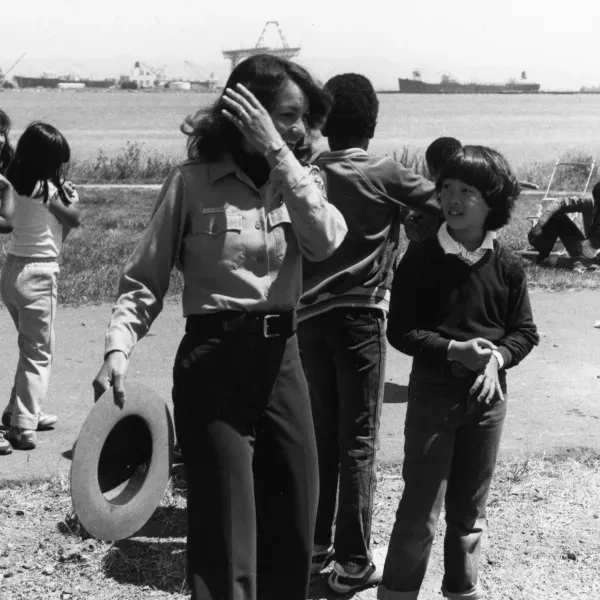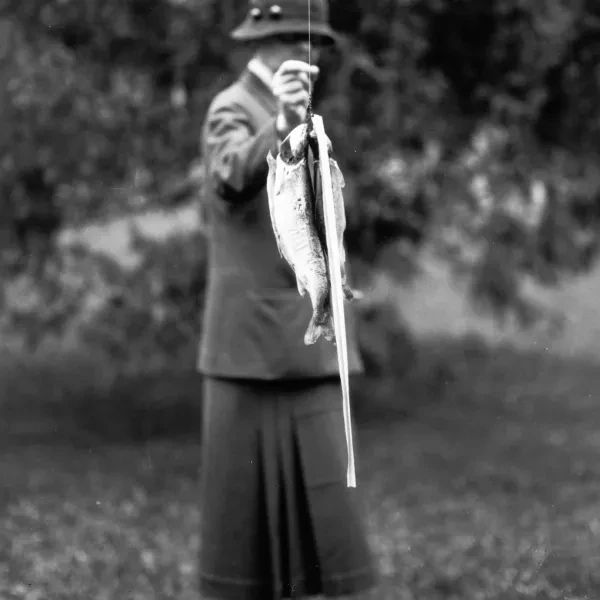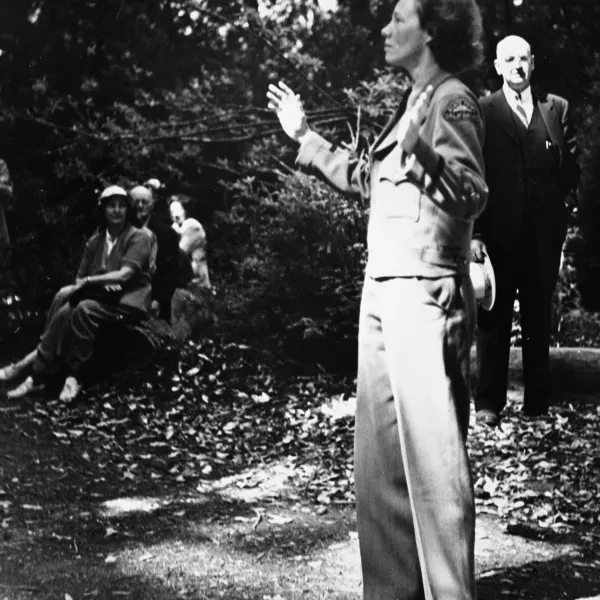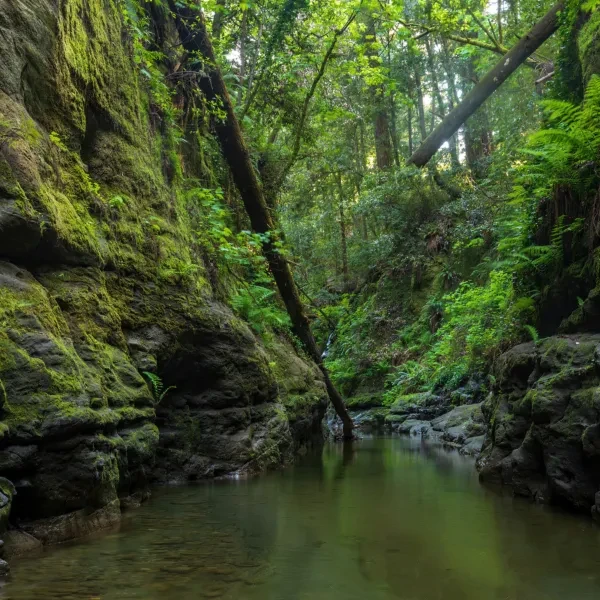Carol Nelson
Candlestick Point State Recreation Area; Marin County and San Mateo County Coastal State Parks
Throughout her life, Carol Nelson showed a deep commitment to the preservation of public land and spent much of her career in service to it. In 1975, Nelson became the first Black woman to serve as a California State Parks ranger. In 1982, she set another standard by becoming both the first woman and the first African American to serve as a California State Parks Superintendent at Candlestick Point State Recreation Area. She went above and beyond to create innovative programs to increase access and bring more people into state parks. She helped create the “Willie’s Kids” program, bringing children from urban environments to experience parks. She also created FamCamp, with help from California State Parks and California State Parks Foundation, a program that lives on today, giving thousands of students and their families equipment and access to state parks who might not otherwise be able to do so. She was a true trailblazer and champion for opening up California’s state parks to more people — work we are proud to carry on today.



